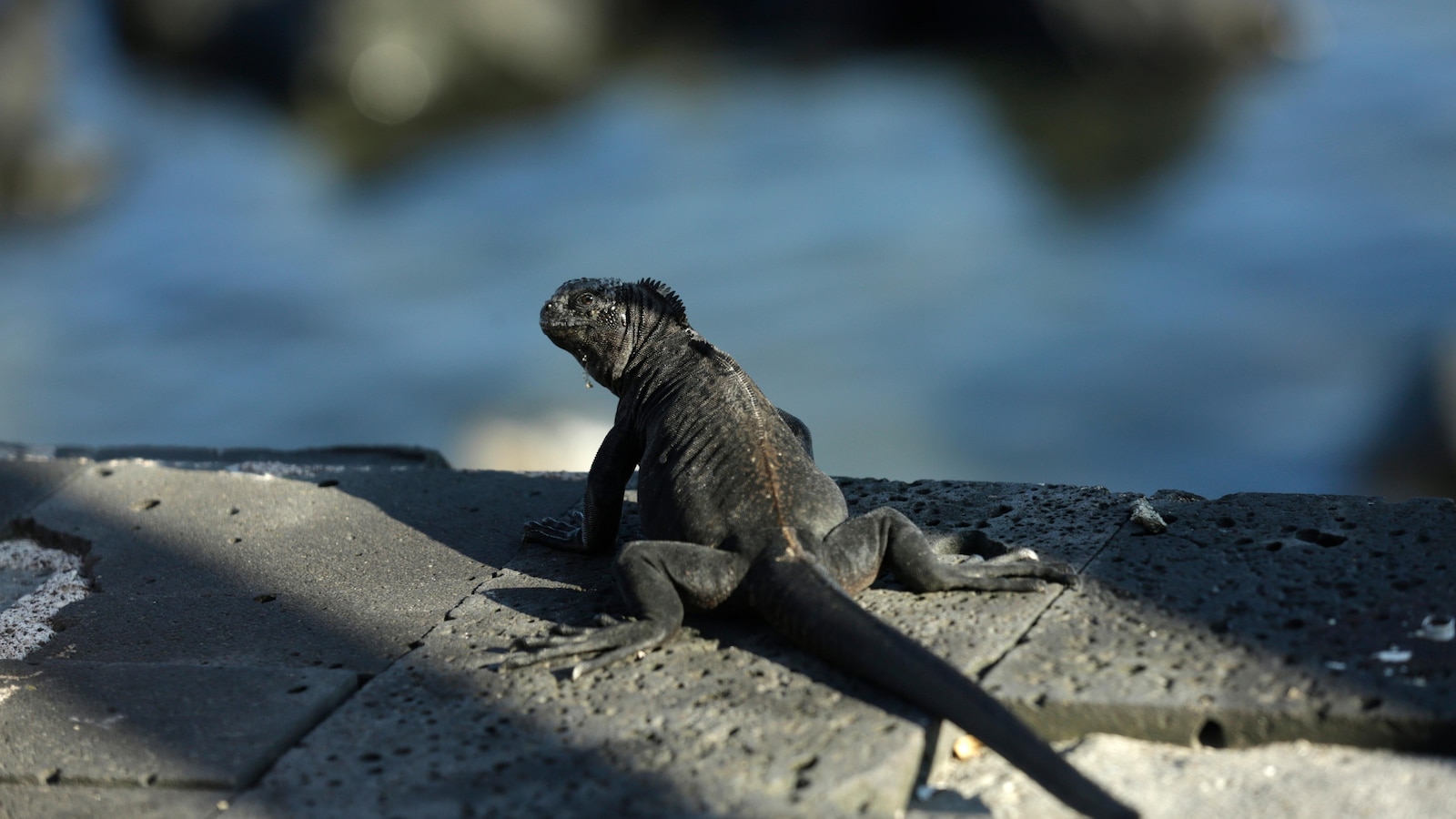The Great Insect Crisis – Mongabay

Report on Global Insect Decline and its Implications for Sustainable Development Goals (SDGs)
Introduction: A Global Crisis Impacting Sustainable Development
A 2019 investigation, drawing on interviews with 24 entomologists across six continents, highlights an alarming global decline in insect populations. This phenomenon, often termed the “Insect Apocalypse,” represents a significant threat to ecosystem stability and the achievement of the United Nations Sustainable Development Goals (SDGs). Insects are foundational to terrestrial ecosystems, and their disappearance jeopardizes progress on biodiversity, food security, and environmental health.
Key Findings on the Scale of Decline
Evidence from multiple global studies indicates a severe and widespread reduction in insect biomass and diversity. Key observations include:
- Massive Reduction in Flying Insects: Studies in Germany have documented dramatic declines in the total biomass of flying insects.
- Ecosystem Collapse: Research in Puerto Rico’s forests revealed a near-collapse of arthropod populations, demonstrating the severity of the crisis in tropical ecosystems.
- Global Consensus: The trend is recognized by entomologists worldwide, indicating a systemic issue rather than isolated incidents.
Primary Drivers and Link to SDG 12: Responsible Consumption and Production
The causes of insect decline are multifaceted and directly linked to unsustainable human activities, challenging the principles of SDG 12.
- Habitat Destruction: The conversion of natural landscapes for agriculture and urbanization is a primary driver.
- Pesticide Use: Widespread application of chemical pesticides in industrial agriculture directly contravenes the goal of sustainable production.
- Climate Change: Shifting climate patterns disrupt insect life cycles, a critical challenge addressed by SDG 13 (Climate Action).
- Pollution: Light, water, and soil pollution further degrade insect habitats.
Consequences for Core Sustainable Development Goals
The decline of insect populations has profound consequences for several key SDGs, undermining global efforts for a sustainable future.
- SDG 15 (Life on Land): The crisis represents a catastrophic loss of biodiversity. Insects are vital for pollination, decomposition, and as a food source within terrestrial food webs. Their loss directly threatens the health and resilience of land-based ecosystems.
- SDG 2 (Zero Hunger): A significant percentage of global food crops rely on insect pollination. The decline of pollinators poses a direct threat to crop yields, agricultural stability, and global food security.
- SDG 14 (Life Below Water): Agricultural runoff containing pesticides, a major cause of insect decline, pollutes waterways and harms aquatic ecosystems, impacting the goals related to life below water.
1. Which SDGs are addressed or connected to the issues highlighted in the article?
-
SDG 15: Life on Land
This is the most directly relevant SDG, as its primary goal is to “protect, restore and promote sustainable use of terrestrial ecosystems… and halt biodiversity loss.” The article’s central theme of an “Insect Apocalypse,” characterized by insects “disappearing at alarming rates” and the “near-collapse of arthropods,” is a clear and direct discussion of significant biodiversity loss within terrestrial ecosystems. The article reinforces this connection by stating that insects “underpin ecosystems worldwide.”
2. What specific targets under those SDGs can be identified based on the article’s content?
-
Target 15.5: Halt biodiversity loss
This target calls to “take urgent and significant action to reduce the degradation of natural habitats, halt the loss of biodiversity and… protect and prevent the extinction of threatened species.” The article’s content directly addresses this target by describing a large-scale failure to halt biodiversity loss. Phrases like “massive declines,” “near-collapse,” and “disappearing at alarming rates” explicitly point to the threat of species extinction that this target aims to prevent.
-
Target 15.1: Conserve and restore terrestrial ecosystems
This target aims to “ensure the conservation, restoration and sustainable use of terrestrial… ecosystems and their services.” The article connects to this by establishing that “insects underpin ecosystems worldwide.” The decline of insects, therefore, represents a severe degradation of these ecosystems and a loss of the critical services they provide, directly relating to the conservation goals of this target.
3. Are there any indicators mentioned or implied in the article that can be used to measure progress towards the identified targets?
-
Implied Indicator: Rate of Population Decline
The article does not cite official SDG indicators by code, but it implies their use through its examples. The specific references to “massive declines in flying insects in Germany” and the “near-collapse of arthropods in Puerto Rico’s forests” function as de facto indicators. These reports on population changes over time are a primary method for measuring the success or failure of efforts to halt biodiversity loss under Target 15.5.
-
Implied Indicator: Conservation Status of Species
The article’s language about insects “disappearing” and facing a “near-collapse” directly relates to the concept behind Indicator 15.5.1 (Red List Index), which tracks the extinction risk of species. The “Insect Apocalypse” described in the article would translate to a worsening conservation status for numerous insect species, providing a clear measure of the scale of biodiversity loss.
4. Create a table with three columns titled ‘SDGs, Targets and Indicators” to present the findings from analyzing the article.
| SDGs, Targets and Indicators’ | Targets | Indicators (as implied by the article) |
|---|---|---|
| SDG 15: Life on Land | Target 15.5: Take urgent and significant action to… halt the loss of biodiversity and… protect and prevent the extinction of threatened species. |
|
| SDG 15: Life on Land | Target 15.1: Ensure the conservation, restoration and sustainable use of terrestrial and inland freshwater ecosystems and their services. |
|
Source: news.mongabay.com

What is Your Reaction?
 Like
0
Like
0
 Dislike
0
Dislike
0
 Love
0
Love
0
 Funny
0
Funny
0
 Angry
0
Angry
0
 Sad
0
Sad
0
 Wow
0
Wow
0









































































